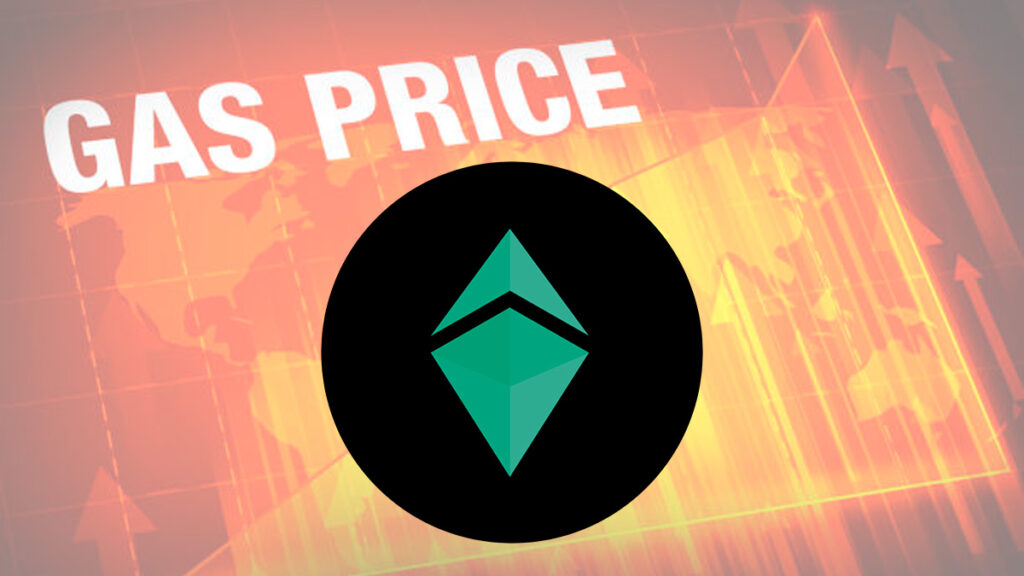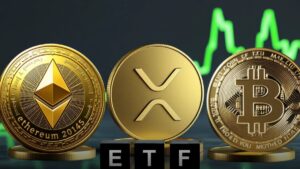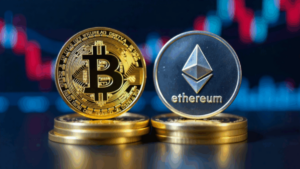TL;DR
- Ethereum’s gas fees have reached an eight-month high due to the growing interest in the new ERC-404 token standard, with the average gas price peaking at 70 gwei.
- The ERC-404 token standard, which merges the properties of ERC-20 tokens with certain aspects of non-fungible ERC-721 tokens, has gained significant momentum despite being an experimental and unofficial standard.
- In response to the high gas fees, the Ethereum community is actively discussing potential solutions, including enhancing the efficiency of smart contracts and investigating layer-2 scaling solutions.
Ethereum’s gas fees have skyrocketed to an eight-month high, driven by the burgeoning interest in the new ERC-404 token standard. The average gas price recently peaked at 70 gwei (equivalent to $60 per transaction), with some transactions reaching up to 377 gwei. The last time Ethereum’s gas fees reached this level was on May 12, 2023.
The ERC-404 token standard, an experimental and unofficial standard, was introduced to the market on February 5. It aims to merge the properties of ERC-20 tokens with certain aspects of non-fungible ERC-721 tokens. This unique solution provides fractional ownership for existing NFTs, effectively creating a lower entry price for NFT investors.
Despite being an unofficial standard, projects like Pandora have helped ERC-404 gain significant momentum, with over $474 million in volume from roughly a week of trading. However, the rise of ERC-404 tokens has sparked concerns regarding the sustainability of such high gas fees. Transactions concerning these tokens demand more gas than standard NFT or Ethereum transactions, potentially discouraging users due to higher costs.
Critics claim that while ERC-404 tokens offer a novel vision, their impact on the Ethereum network’s efficiency and accessibility cannot be ignored. Arya Khalaj, a core developer from the Pandora project, shared that they are working to optimize for gas, potentially reducing gas fees by 300% to 400%.
The Drawbacks of ERC-404 Tokens: High Gas Fees and Network Congestion

PopPunk, a pseudonymous user and co-founder of the gas-auditing firm Gaslite, has stated that an ERC404 token consumes roughly triple the gas of a typical NFT transaction. On February 9, a surge in activity on the decentralized exchange protocol Uniswap was the primary contributor to network usage.
This heightened activity is largely attributable to substantial trading volumes produced by Pandora, DeFrogs, and several other ERC-404 projects. These projects have collectively reported a trading volume exceeding $600 million in the past week, as per data compiled by the crypto aggregator Birdeye.
In response to the challenge of high gas fees, the Ethereum community is engaged in active dialogue to identify potential remedies. These discussions encompass suggestions for enhancing the efficiency of smart contracts and investigating layer-2 scaling solutions. The objective of these initiatives is to facilitate the integration of innovations such as ERC-404 tokens, while maintaining the network’s accessibility and sustainability.
As the ERC-404 standard continues to evolve, it will be interesting to see how the Ethereum community navigates the challenges and opportunities it presents. The current surge in gas fees underscores the need for ongoing innovation and optimization within the Ethereum network.










